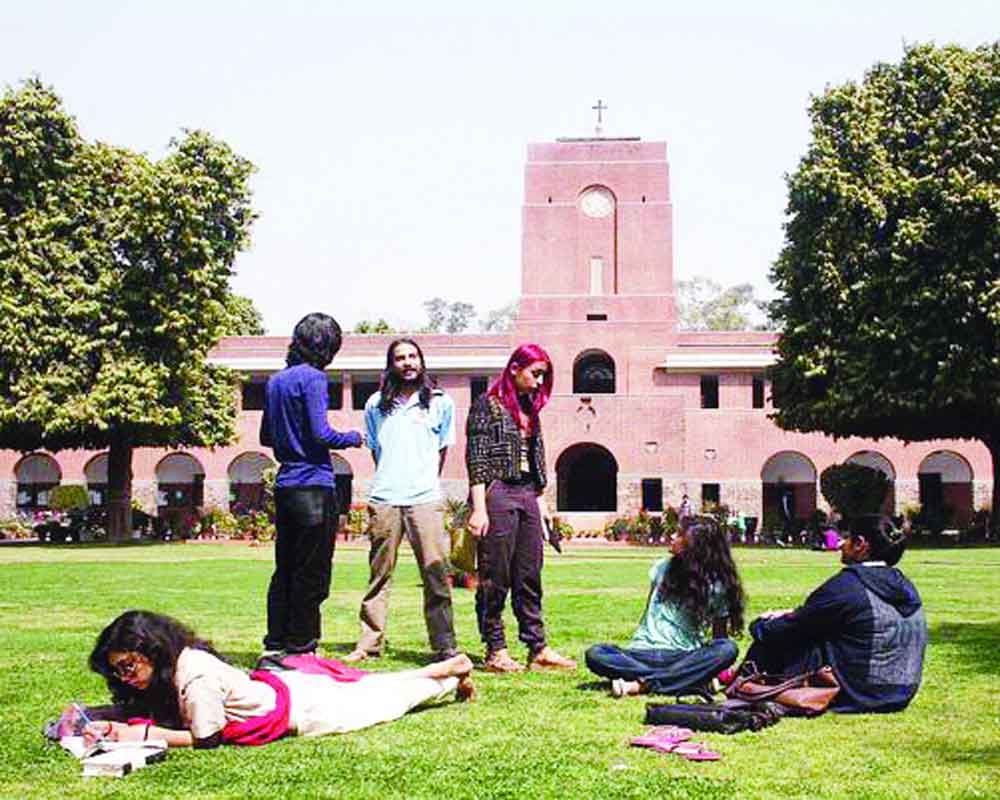Indian Business schools are rated every year by most Indian business publications, both magazines and newspapers. The administrators and students of the top ranked institutions find them to be a chore as the rankings are pretty predictable. But for many smaller institutions, getting ranked might mean the difference between survival and death. A good position will draw new students. However, the highly competitive nature of the game — with several media houses bending over backwards to please institutions that advertised and institutions themselves knowing that they could ‘buy’ a better spot — means that the college ranking system has been badly broken, particularly in the case of professional institutions. This is symptomatic of the ‘Wild West’ nature of India’s education sector. In fact, while politicians lament the lack of jobs for youth, which is an undeniable fact, they rarely lament the poor state of Indian education because they themselves are knee-deep in the sector and purveyors of substandard education. So a standardised ranking system monitored by the government, the Ministry of Human Resource Development (MHRD) to be precise, made sense.
But going through this year’s rankings, tabulated under the National Institutional Ranking Framework (NIRF), there are some incongruities. While it is true that some universities do not have constituent colleges, the fact that Delhi University is ranked 13th among universities while six of its constituent colleges are in the top 10 colleges seems odd. The other major point that gets lost in all the hoopla is that several new private universities that are attracting a lot of attention have not been ranked. Also, there is the curious case of Mumbai University, one of India’s largest universities by student body size, which is now ranked 81st in India. Indeed a worrying sign. In rankings of professional institutions, the usual suspects win, which is not surprising. However, while the rankings are not surprising for the large part, the HRD Ministry still finds itself unable to fix the core problems that underlie Indian tertiary education. As stated earlier, the jobs crisis is real, no matter what the government says, but understanding that poor education is responsible to a large degree should be the main priority of the day, not one of rankings. Also, with regard to private rankings conducted by media houses, the MHRD should insist that the methodology is suitably publicised.
Writer: Pioneer
Courtesy: The Pioneer








 OpinionExpress.In
OpinionExpress.In















Comments (0)